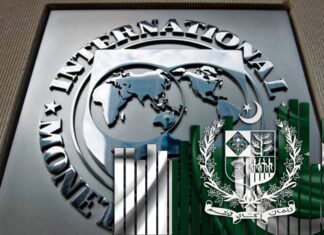Oil prices climbed on Monday after U.S. President Donald Trump imposed tariffs on Canada, Mexico, and China, raising fears of supply disruptions.
However, concerns over a potentially damaging trade war limited further gains.
Brent crude futures increased by $1.28, or 1.7%, to $76.95 per barrel at 1232 GMT, after reaching a session high of $77.34. U.S. West Texas Intermediate (WTI) crude futures rose $1.89, or 2.6%, to $74.42, after hitting a peak of $75.18, the highest since January 24.
Trump’s sweeping tariffs, set to take effect on February 4, include a 25% levy on most imports from Mexico and Canada, and a 10% tariff on Canadian energy and Chinese imports. The move has triggered fears of higher costs for crude and refined fuels, impacting global markets.
Canada and Mexico, the two largest sources of U.S. crude imports, supply about 25% of the oil processed by U.S. refiners, according to the U.S. Department of Energy. The new tariffs could raise costs for the heavier crude grades needed for optimum production, leading to higher gasoline prices.
U.S. gasoline futures jumped 2.5% to $2.11 per gallon, after reaching $2.162, the highest level since January 16. Trump has already warned that the tariffs could cause “short-term” pain for Americans, with fuel prices expected to rise.
Investors are also closely monitoring the OPEC+ meeting scheduled for Monday, where the oil producer group is expected to maintain its current output strategy. If tariffs remain in place for an extended period, experts say they could lead to production declines in Canada and Mexico, potentially prompting OPEC+ to adjust its supply policy.























